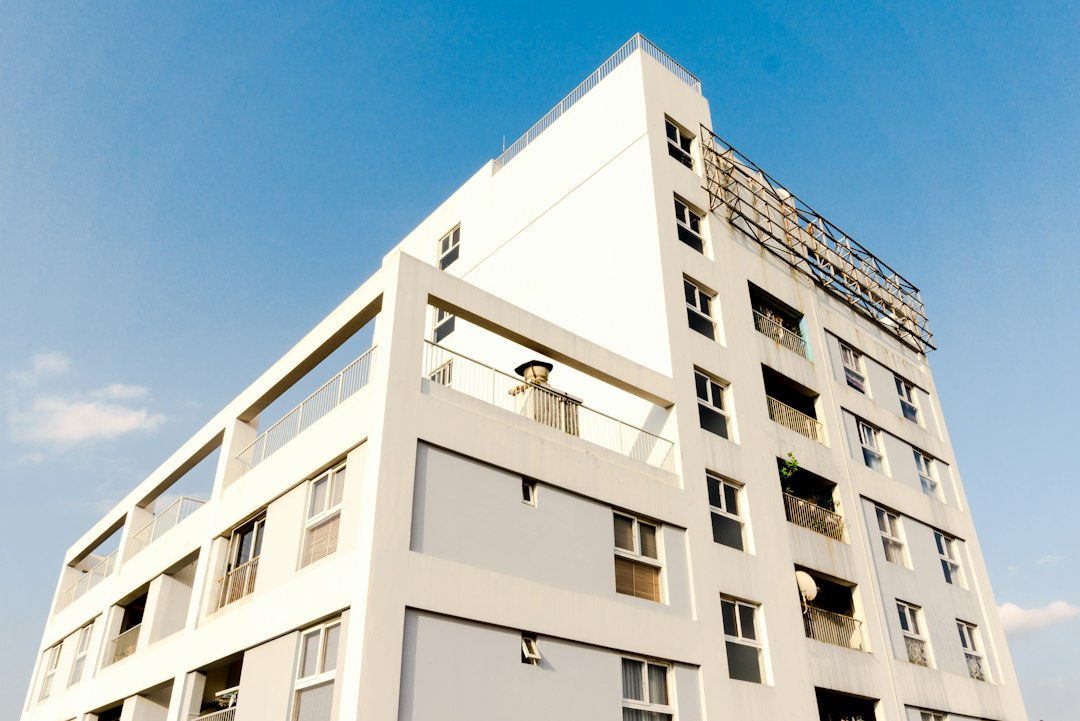The Rise of Sustainable and Eco-Friendly Homes
With the increasing awareness of environmental issues and the need to reduce our carbon footprint, more and more people are embracing sustainable and eco-friendly practices in their everyday lives. This trend has not only affected our lifestyles, but it has also influenced the way we design our homes. The rise of sustainable and eco-friendly homes has become a symbol of a responsible and conscious lifestyle choice.
One of the key features of sustainable homes is energy efficiency. These homes are designed to minimize energy consumption by utilizing renewable energy sources and implementing advanced insulation techniques. Solar panels are a common sight on the roofs of eco-friendly homes, harnessing the power of the sun to generate electricity. This not only reduces energy bills but also decreases reliance on fossil fuels, helping combat climate change.
Furthermore, sustainable homes often incorporate smart technology to optimize energy usage. From using sensors to automatically adjust lighting to utilizing smart thermostats that learn your preferences and adjust heating and cooling accordingly, these homes are equipped with innovative systems that promote energy efficiency. By adopting such technology, homeowners can save considerable amounts of energy and decrease their environmental impact.
Water conservation is another essential aspect of sustainable homes. By utilizing low-flow fixtures, rainwater harvesting systems, and greywater recycling systems, sustainable homes aim to reduce water usage and promote water conservation. These systems not only help save water but also contribute to the overall sustainability of the home. Additionally, sustainable landscaping practices, such as using native plants and implementing efficient irrigation systems, further reduce water consumption.
When it comes to building materials, sustainable and eco-friendly homes prioritize natural and recyclable materials over their traditional counterparts. For example, sustainable homes often utilize bamboo flooring, as bamboo is a rapidly renewable resource. Additionally, recycled wood products, such as reclaimed lumber or salvaged timber, are also popular choices. These materials not only contribute to reducing carbon emissions but also add a unique and rustic aesthetic to the homes.
In addition to the aforementioned features, sustainable homes also focus on the concept of indoor air quality. By incorporating proper ventilation systems and using non-toxic paints, adhesives, and materials, these homes aim to provide a healthier and safer living environment for its occupants. This significantly reduces the risk of respiratory issues and chemical exposure, promoting overall well-being.
The rise of sustainable and eco-friendly homes has also sparked a new wave of innovation in home design. Architects and designers are constantly exploring new ideas and pushing the boundaries of what is possible in sustainable housing. From unconventional shapes and designs to green roofs and living walls, these homes aim to blend aesthetic appeal with ecological consciousness.
As the demand for sustainable housing continues to grow, governments and organizations have also taken notice. Many countries offer incentives and grants to encourage homeowners to adopt sustainable practices and build eco-friendly homes. From tax breaks and reduced interest rates to subsidies for renewable energy installations, these initiatives aim to make sustainable housing more accessible and affordable.
In conclusion, the rise of sustainable and eco-friendly homes is a testament to our collective commitment to preserving the environment and creating a healthier, more sustainable future. By embracing energy efficiency, water conservation, the use of natural materials, smart technology, and prioritizing indoor air quality, these homes not only reduce our carbon footprint but also provide a comfortable and sustainable living environment. With continued innovation and support from governments and organizations, sustainable homes will undoubtedly play a crucial role in mitigating climate change and promoting a more sustainable way of living.

